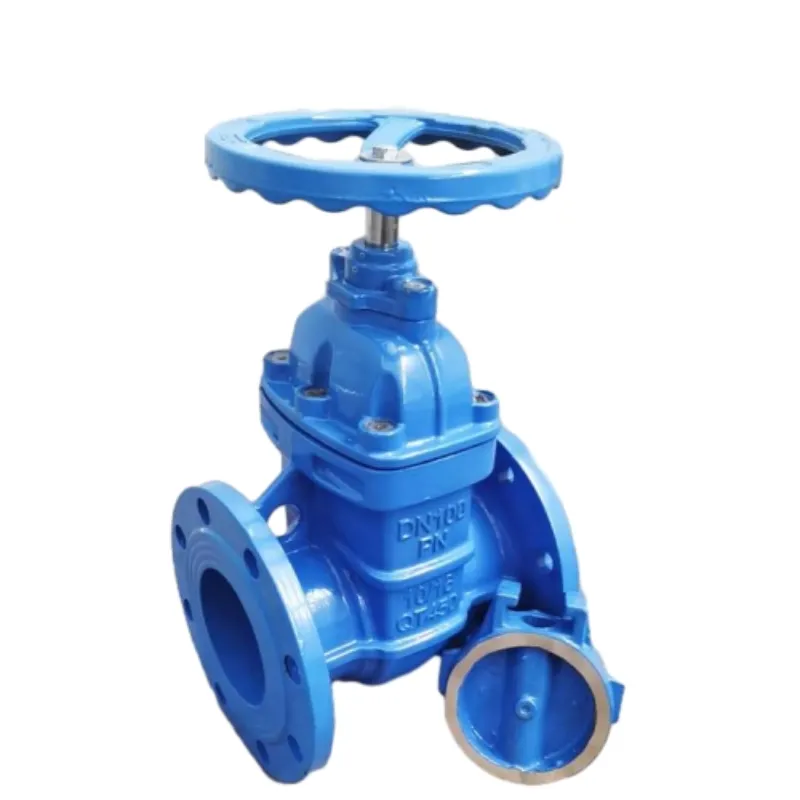Dec . 05, 2024 10:28 Back to list
different types of directional control valve
Different Types of Directional Control Valves An Overview
Directional control valves play an essential role in hydraulic and pneumatic systems, directing the flow of fluid or air to various parts of the system. They control the start, stop, and direction of fluid flow, making them crucial components in machinery and equipment. This article will discuss the various types of directional control valves, their functioning principles, and applications.
1. Understanding Directional Control Valves
At the core of any hydraulic or pneumatic system, directional control valves are responsible for directing fluid to one or more cylinders or actuators, thereby controlling movement and force. These valves can be manually operated, electrically actuated, or even controlled through pilot pressure, depending on the application's complexity and requirements.
2. Types of Directional Control Valves
Directional control valves are categorized based on various criteria such as the number of positions, number of ports, and actuation methods. Here are the most common types
a. Two-Way Valves
Two-way valves are the simplest form of directional control valves, having two ports one for inlet and one for outlet. They are primarily used for on/off control in fluid systems. For instance, a two-way valve can be utilized in applications where a single actuator needs to be controlled.
b. Three-Way Valves
Three-way valves can direct flow to one of two outputs, facilitating simple control of actuators. They typically have one inlet and two outlets. One common application is in pneumatic applications where the valve can either supply air to the actuator or vent it to the atmosphere, thus controlling its movement effectively.
c. Four-Way Valves
Four-way valves are among the most commonly used types in hydraulic systems. They have a minimum of four ports and can control the movement of double-acting cylinders by providing flow in two directions. The configuration allows these valves to manage both extension and retraction of an actuator.
3. Actuation Methods
different types of directional control valve

Directional control valves can be classified based on their actuation mechanism as follows
a. Manual Actuated Valves
These valves are operated through levers, knobs, or handles. Manual valves do not require any external power supply, making them simple and cost-effective. They are often used in applications where operator control is desired.
b. Electric Actuated Valves
Electric actuated valves use electrical signals to operate the valve mechanism. This automation allows for more precise control, remote operation, and integration into automated systems. They can be found in modern industrial machinery where efficiency and speed are crucial.
c. Pneumatic and Hydraulic Actuated Valves
These valves utilize air pressure or hydraulic fluid to perform their operations. They are commonly used in systems requiring high-speed actuation and responsiveness. Such valves are particularly popular in automotive applications and manufacturing systems.
4. Application Areas
Directional control valves serve a wide variety of industries
- Manufacturing and Automation Used to control machines, conveyors, and robotic arms, enhancing productivity and efficiency. - Construction Equipment incorporated into hydraulic systems that power diggers, excavators, and other heavy machinery to ensure precise control of movements. - Automotive Systems critical in controlling braking systems, steering mechanisms, and automatic transmissions, enabling safe and reliable vehicle operation. - Agriculture used in tractors and agricultural machinery for various functions, including tilling and planting, contributing to efficient food production.
5. Conclusion
Directional control valves are vital components in fluid power systems, facilitating the control of motion and force across various applications. Understanding the different types of directional control valves, including their design, actuation methods, and applications, is significant for engineers and technicians working in fields that utilize hydraulics and pneumatics.
By selecting the appropriate type of valve for specific operational needs, one can enhance system performance and reliability. As technology continues to advance, the evolution of directional control valves will likely lead to even more sophisticated solutions in fluid control systems, paving the way for greater efficiency and innovation in various industries.
-
thread-plug-gauge-our-promise-of-measurement-excellenceNewsAug.22,2025
-
gauge-pin-class-reflecting-quality-legacyNewsAug.22,2025
-
check-valve-types-for-high-rise-buildingsNewsAug.22,2025
-
water-control-valve-for-irrigation-systemsNewsAug.22,2025
-
gate-valve-with-soft-seal-technologyNewsAug.22,2025
-
y-type-strainer-for-oil-and-gas-applicationsNewsAug.22,2025
Related PRODUCTS









